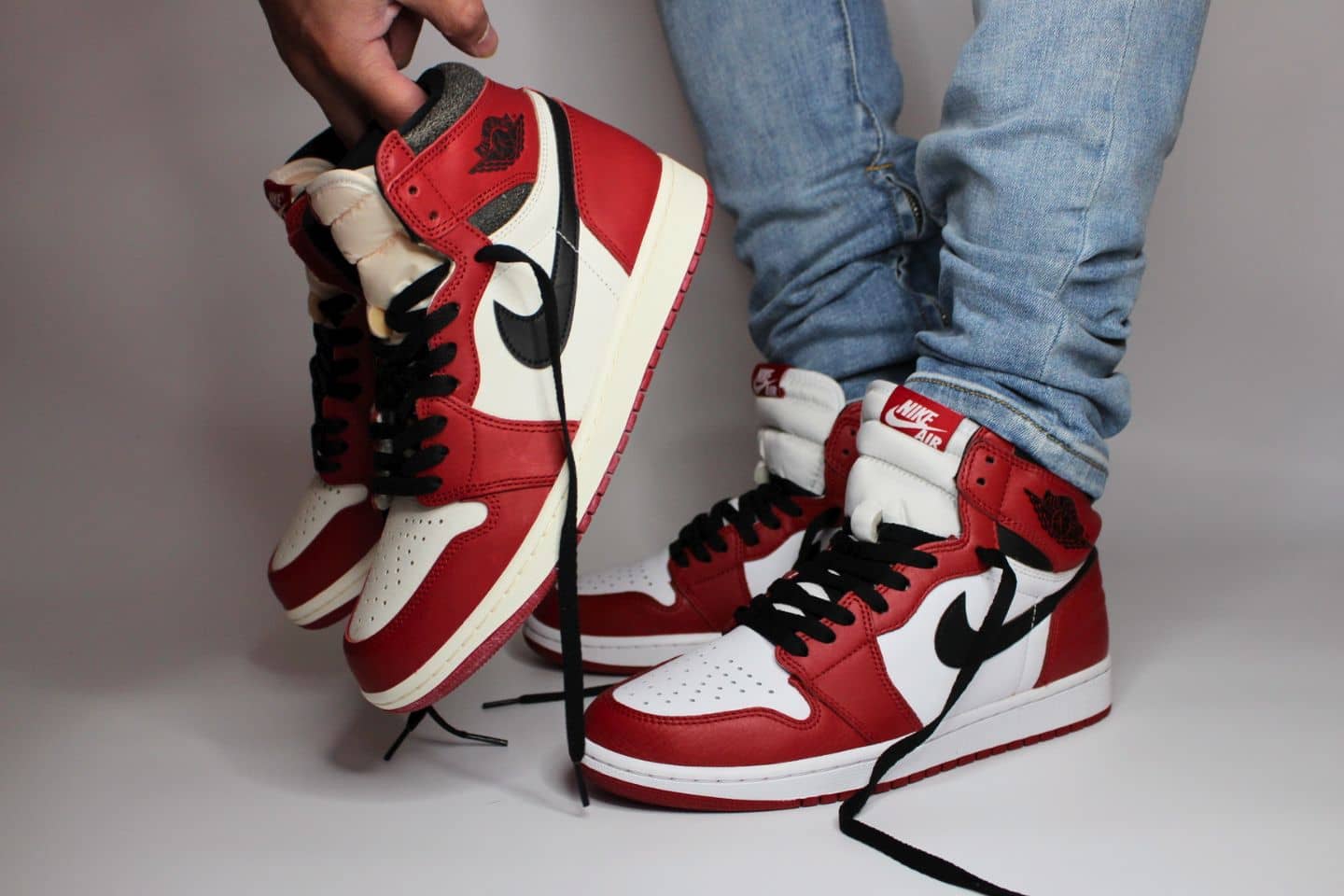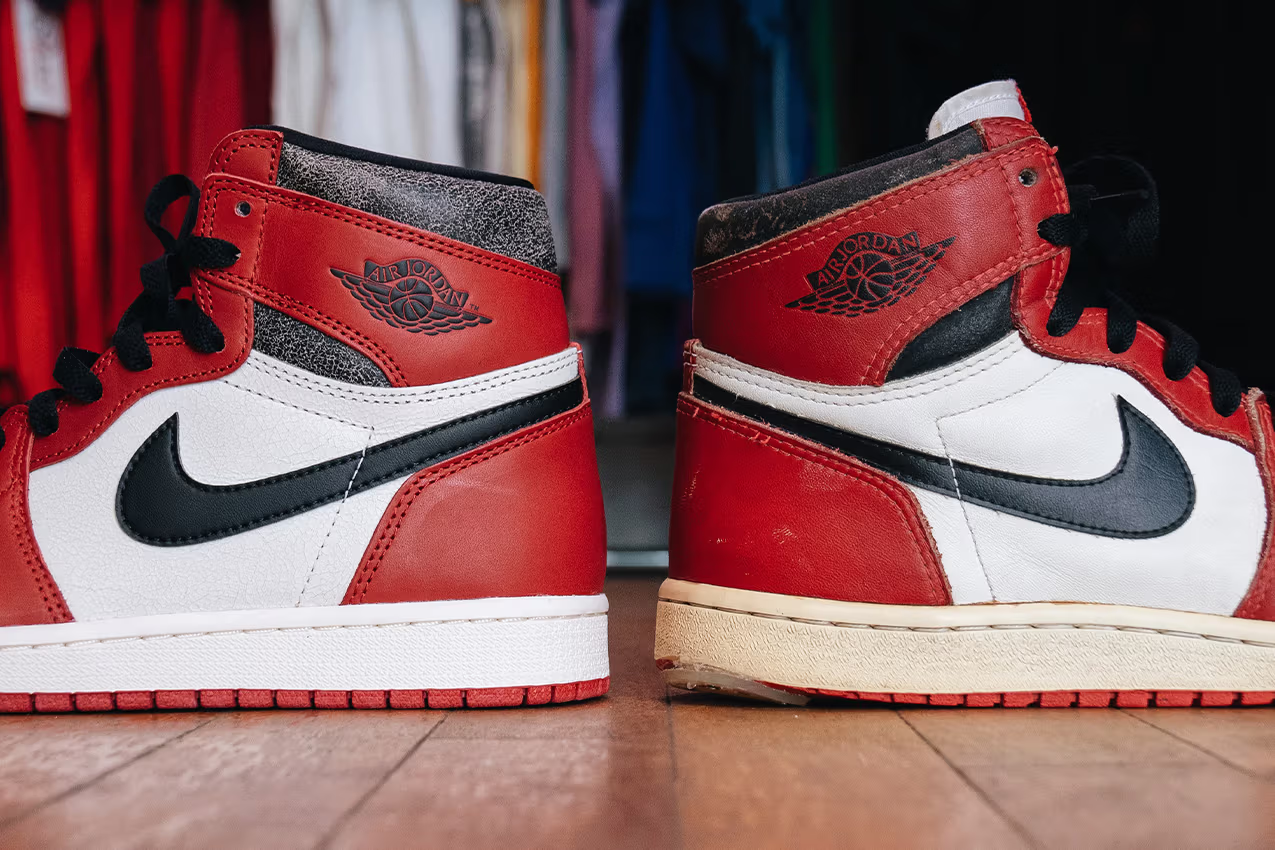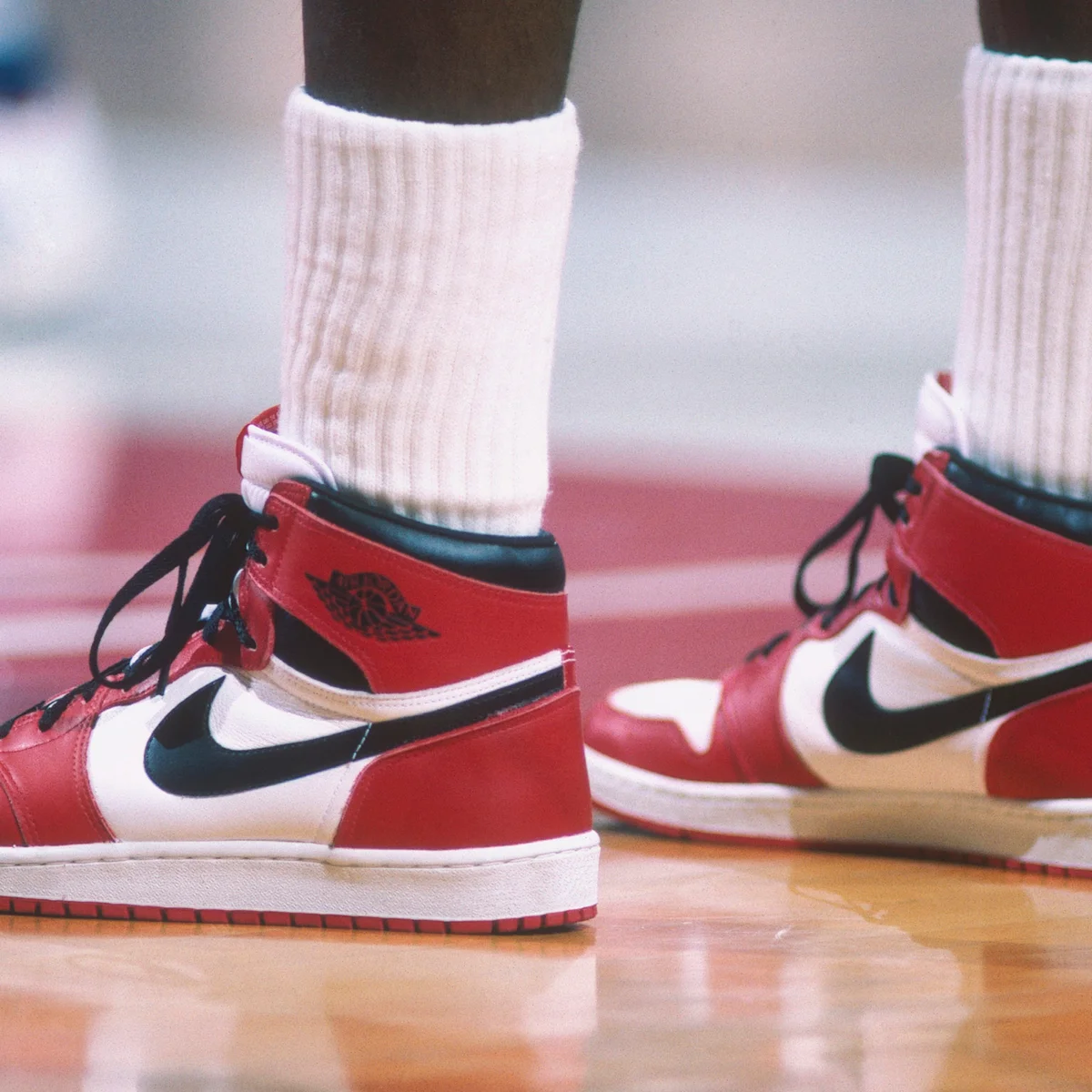Difference between Air Jordan Retro vs. Original
The difference between Air Jordan Retro vs. Original is a subject that has sparked debates among sneaker enthusiasts, athletes, and casual wearers alike. The legacy of Michael Jordan’s sneaker line is rich, filled with innovation, style, and cultural significance. As the years have rolled by, Nike has introduced Retro versions of classic models that originally hit the market. But what exactly distinguishes these retros from their original counterparts? In this article, we will dissect this difference, exploring the nuances of design, performance, cultural impact, and personal experiences to provide you with a well-rounded understanding.
Understanding the Origins of the Air Jordan Line
The Air Jordan sneakers first made their debut in the mid-1980s, capturing the hearts of basketball fans and sneakerheads globally. These shoes were designed not just for performance but also as a fashion statement, appealing to a wider audience.
The Birth of an Icon
When Nike first launched the Air Jordan 1 in 1985, it was more than just a shoe; it was a revolution.
Michael Jordan, then a fresh-faced rookie, wore them on the court despite league regulations against their colors. The result? Controversy, attention, and sales skyrocketing through the roof. This rebellious nature became a part of the Air Jordan DNA, setting the stage for future releases.
Over the years, the original pairs have become highly sought-after collectibles, often fetching astronomical prices at auctions. They are revered for their historical significance, featuring unique materials, craftsmanship, and innovations that reflected the era they were born into.
>>>Buy now: Alabama Crimson Tide Ncaa Air Jordan Shoes Sport Vip Sneaker Boots Shoes
Evolution of Design
As the early models laid the groundwork, subsequent releases showcased innovative designs that catered to both athletic performance and aesthetics.
Air Jordan models like the 3, 4, and 5 introduced iconic features such as visible air cushioning, elephant print, and unique lacing systems. These design elements defined the standards for basketball footwear, making every release a topic of discussion in both sports and fashion circles.
However, as the sneaker culture evolved, so did the demand for access to these beloved designs. And thus, the retro phenomenon began.
Rise of the Retro
In the late 1990s and early 2000s, Nike capitalized on the nostalgia surrounding original releases. The Retro versions were re-released, often with slight modifications.
While many collectors appreciated this initiative, some argued that these retros lacked the magic of the originals. The intention behind these retro releases was twofold: to cater to older fans who had grown up wearing them and to introduce new generations to the legacy.
This blend of nostalgia and newness often leaves fans questioning whether they should invest in original models or embrace the retros that have entered the market.
Key Differences in Design and Materials
One of the most significant points of contention in the difference between Air Jordan Retro vs. Original lies in the design and materials used in production.
Craftsmanship and Quality
When comparing the craftsmanship of original Air Jordans versus their retro counterparts, it’s important to acknowledge that, over time, manufacturing techniques and material quality may have changed.
Original pairs were often made using premium materials available at the time, which contributed to their durability and luxurious feel. However, as production scaled up during the retro era, some models featured synthetic alternatives aimed at reducing costs.
Despite this, the retro models still manage to capture much of the essence of their predecessors. The love for detail remains in the designs, but modern materials often lead to a different tactile experience.
Colorways and Aesthetics
Another noteworthy aspect lies in the colorways of original versus retro releases.
Many original editions came in limited colorways, often tied to specific games or moments in Michael Jordan’s career. The scarcity of these editions added to their allure.
Conversely, while retros typically pay homage to these iconic colorways, they occasionally deviate to meet current trends or consumer preferences. Some purists argue that this dilutes the authenticity of the original design, while others appreciate the fresh take on classic styles.
Sizing and Fit
Those who have tried both original and retro models will find notable differences in sizing and fit.
Due to advancements in shoe technology and changes in production methods, newer retros may fit differently than the originals. Sneakerheads often report that retro versions tend to run larger or smaller than their OG counterparts.
For those considering their next purchase, it’s essential to try them on if possible or study size charts closely to ensure a comfortable fit.
Performance Factors
The difference between Air Jordan Retro vs. Original can also be highlighted through their performance capabilities.
Original models often incorporated the best technology available at the time, designed specifically for basketball use. Features such as air cushioning and ankle support were cutting-edge in their day.
Retros, however, while visually impressive, may lack some of the advanced performance features found in modern basketball shoes. For those looking for functional footwear for playing purposes, this might steer them towards either original pairs, if they can find them, or opt for newer basketball models altogether.
Cultural Impact and Collectability
The cultural implications of Air Jordans extend beyond the court. Both original and retro models hold a special place in sneaker culture, but they do so in distinct ways.
The Significance of Originals
Original Air Jordans carry immense historical significance.
These sneakers are a testament to an era characterized by incredible feats on the basketball court, and they symbolize a time when Michael Jordan transformed the game into something extraordinary. Every crease, scuff, and mark tells a story, representing countless hours spent on the hardwood.
Collecting these pieces is akin to owning a piece of sports history. As a result, these sneakers are often treated as art forms, with dedicated collectors valuing their rarity and the stories they embody.
The Influence of Retros
While retros may not carry the same weight as originals, they play a vital role in perpetuating the Air Jordan legacy.
For many younger fans who never experienced the thrill of wearing the originals, retros serve as a gateway into the world of sneaker culture. They allow fans to connect with Michael Jordan’s legacy and experience the style that defined generations.
In recent years, collaborations with contemporary designers and influencers have further elevated the status of retro models. These releases often sell out quickly, highlighting how retro models not only appeal to nostalgia but also drive current fashion trends.
The Community Aspect
The difference between Air Jordan Retro vs. Original also influences the community surrounding sneaker culture.
With originals being viewed as rare collectibles, there exists a certain exclusivity and reverence among collectors. Owners of original pairs often gather at conventions or share online, discussing their prized possessions and trading stories about their experiences with those shoes.
Retros, on the other hand, create opportunities for broader participation in the sneaker community. They offer access to fans who may not have the budget or opportunity to secure original pairs, allowing for a more inclusive environment where everyone can share their love for Air Jordans.
FAQs
What are the main differences between Air Jordan Retros and Originals?
Air Jordan Retros often feature updated materials, slight design variations, and sometimes altered sizing compared to their Original counterparts. The originals are cherished for their historical significance and unique craftsmanship.
Are Retro Air Jordans worth buying?
Retro Air Jordans can be a great buy for fans and collectors who want to experience the style and legacy of the Air Jordan line without paying exorbitant prices for originals. They offer modern comfort and accessibility.
Can I wear Original Air Jordans for basketball?
While Original Air Jordans may have been designed for performance, the wear and tear over time could affect their functionality. It’s always advisable to consider factors like cushioning and support before using vintage models for sport.
How do I find authentic Original Air Jordans?
Look for reputable sellers, check for original packaging, and verify authenticity labels. Online marketplaces often include authentication services, ensuring you’re purchasing genuine models.
Why do Retro Air Jordans sell out so quickly?
The combination of hype, celebrity endorsements, and collaborations drives demand for Retro Air Jordans. Their limited releases create urgency among fans, resulting in quick sell-outs upon launch.
Conclusion
The difference between Air Jordan Retro vs. Original is a multifaceted debate. While both versions celebrate the rich legacy of Michael Jordan and his iconic sneakers, they cater to different audiences and evoke different sentiments.
Originals are steeped in history and craftsmanship, appealing to collectors and purists. Meanwhile, retros serve as a bridge between past and present, inviting new fans into the captivating world of sneaker culture.
Ultimately, whether one chooses to invest in originals or embrace retros depends on personal preference, purpose, and appreciation for the iconic brand. Each pair, regardless of its origin, holds a special story waiting to be told.
>>>Read more: Score Big with the Top 10 Utah Jazz Rugs Elevate Your Fan Cave with Officially Licensed NBA Merchandise





